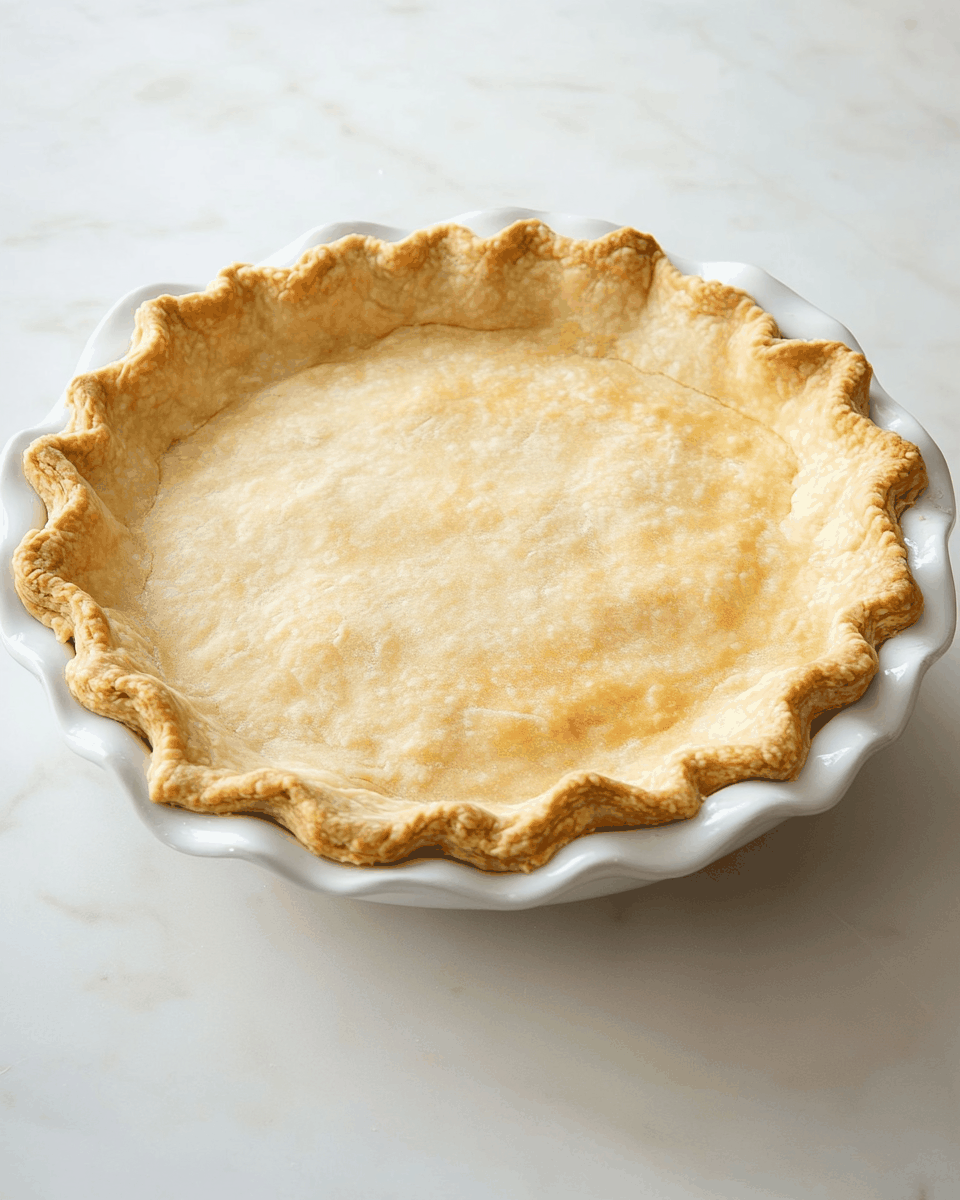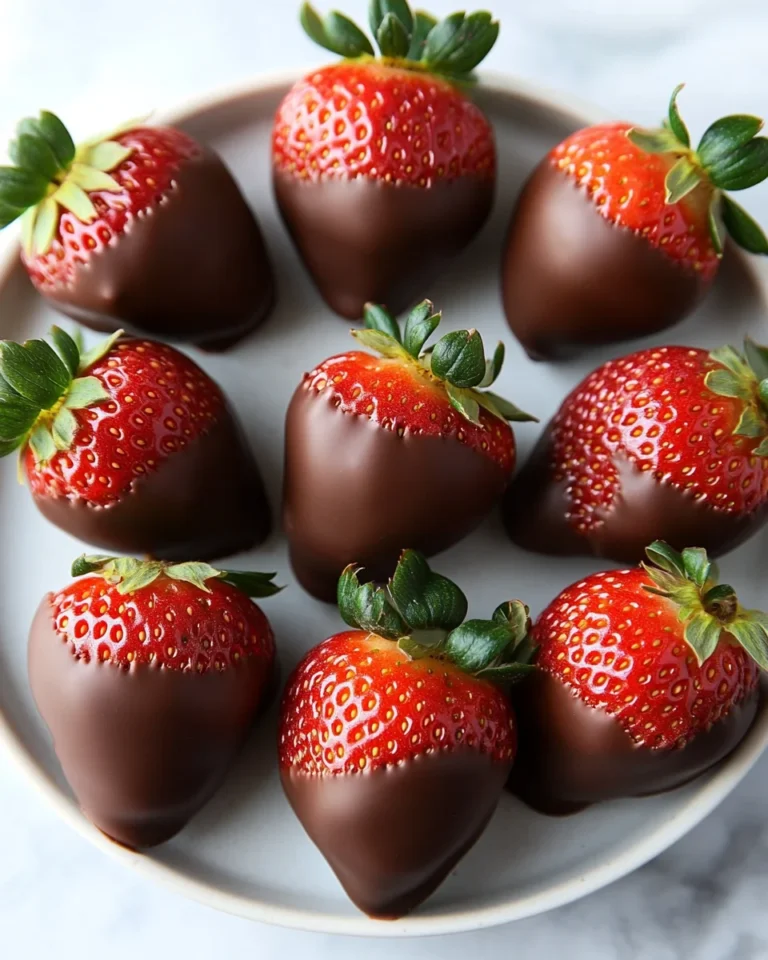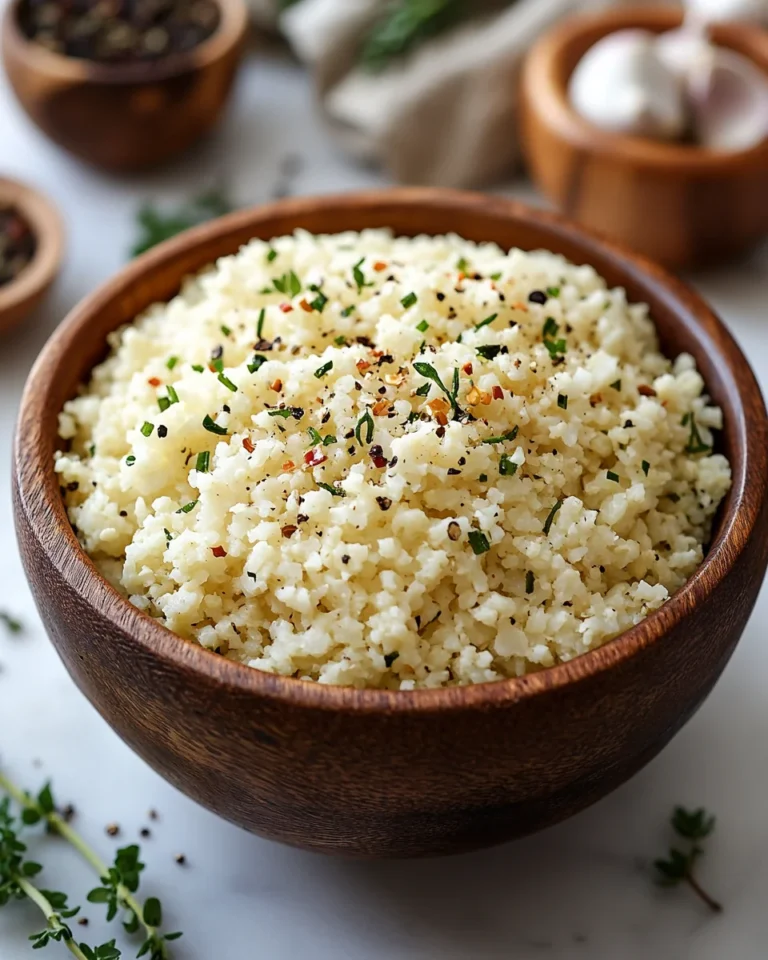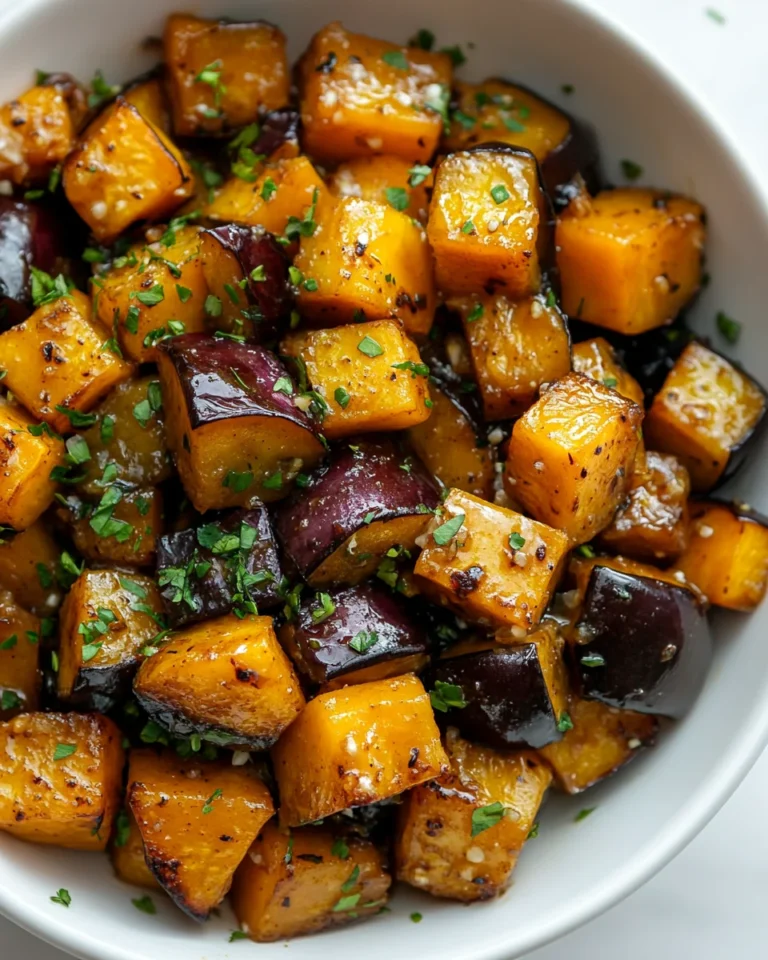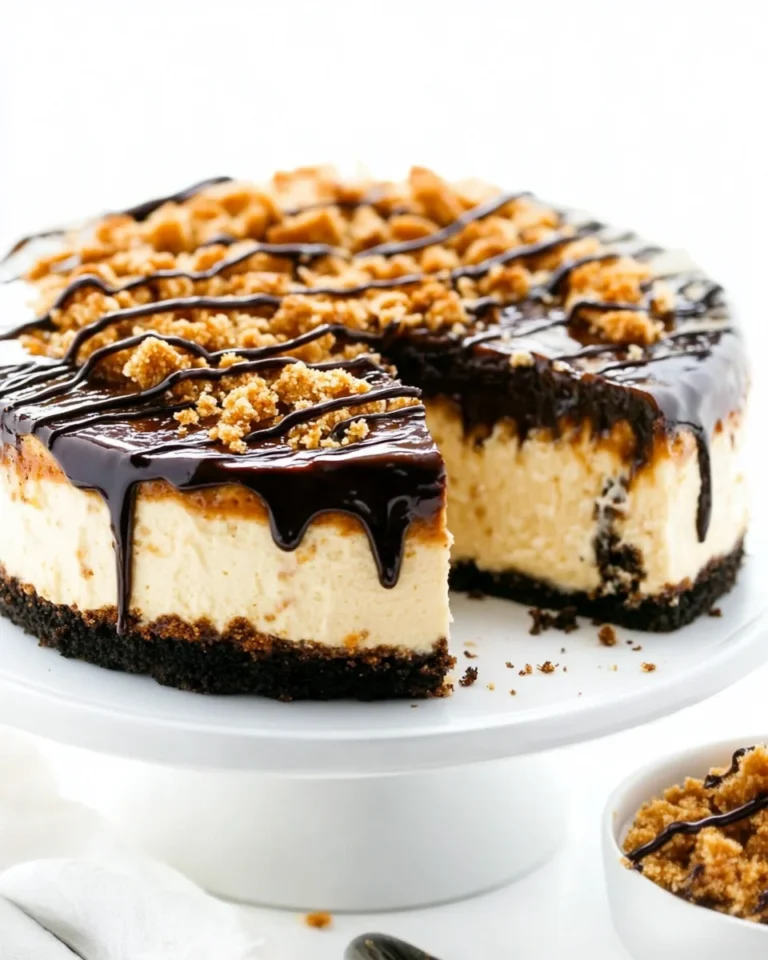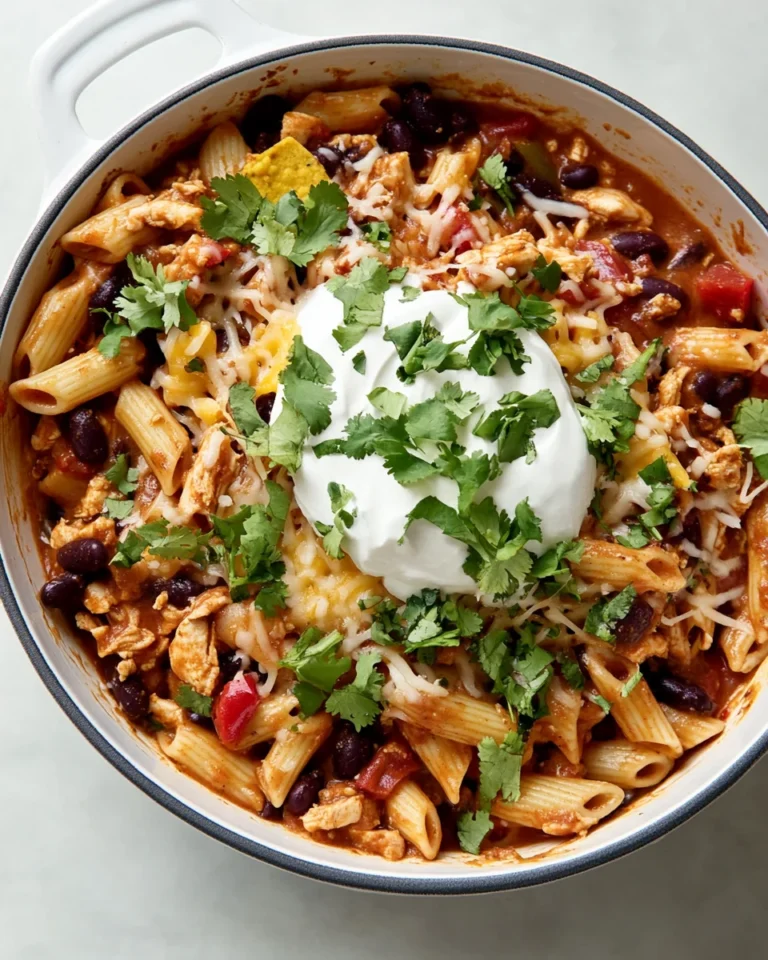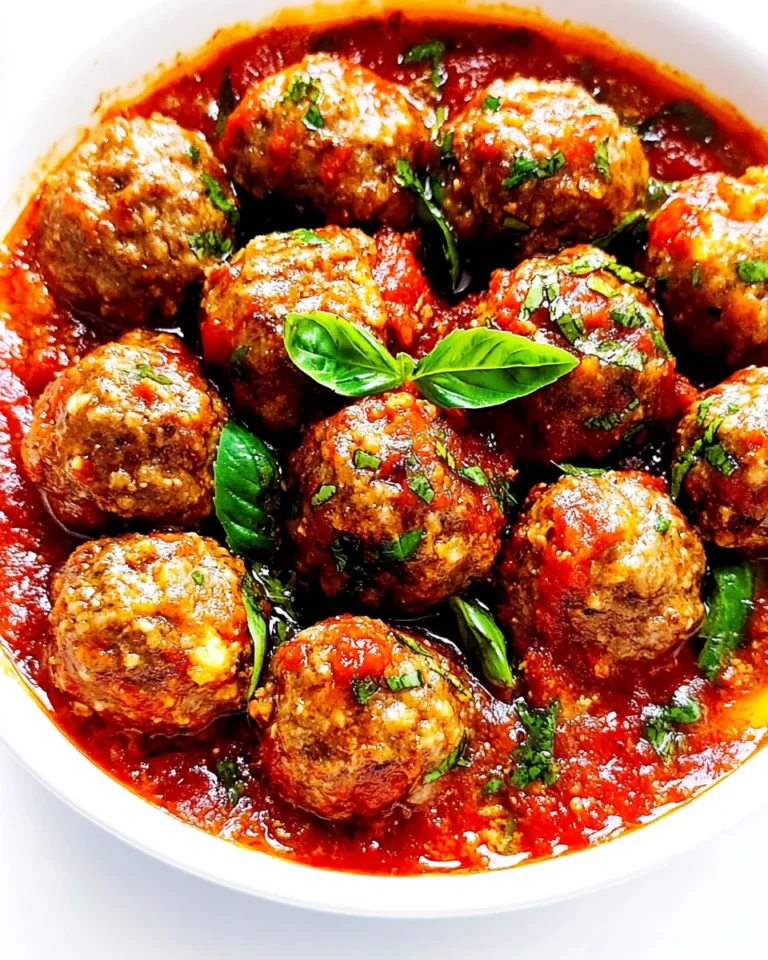Pie Crust + How to Blind Bake
Creating the perfect pie crust is an art that every home baker should master. A flaky, buttery pie crust serves as the foundation for countless delicious desserts and savory dishes, offering a satisfying texture that complements the filling beautifully. This recipe provides a classic pie crust that is easy to prepare and versatile enough for any occasion. Not only does it hold up well under various fillings, but it can also be blind-baked to achieve a crisp, golden texture that enhances the overall flavor of your pie. Blind baking is a technique that involves pre-baking the crust before adding the filling, ensuring that it cooks evenly and prevents sogginess. Whether you’re making a fruit pie, quiche, or custard tart, this pie crust recipe and the accompanying blind baking instructions will guide you through the process, ensuring your creations are both delicious and visually appealing.
Why You’ll Love This Recipe?
This pie crust recipe is a must-try for several compelling reasons. First, the taste is unparalleled; the combination of butter and a hint of salt creates a rich flavor that elevates any pie filling you choose. Second, the preparation process is straightforward, making it accessible even for novice bakers. With just a few key ingredients and simple techniques, you can achieve a professional-quality crust in your own kitchen. Third, the appearance of a well-baked pie is inviting and impressive. A beautifully golden, flaky crust is not only a treat for the taste buds but also a feast for the eyes, perfect for impressing guests or celebrating special occasions. Lastly, this recipe is adaptable. You can easily infuse it with different flavors or textures, ensuring that your pie crust is as unique as the filling it encases. With these advantages, it’s no wonder that mastering pie crust and the technique of blind baking can elevate your baking game.
Ingredients:

To create the perfect pie crust, you will need the following ingredients:
- 2 ½ cups all-purpose flour: This is the base of your crust. Using all-purpose flour gives the crust a good balance of structure and tenderness.
- 1 teaspoon salt: Salt enhances the flavor of the crust, balancing the sweetness of the filling and the richness of the butter.
- 1 tablespoon granulated sugar: This ingredient adds a subtle sweetness that complements many pie fillings, especially fruit-based ones.
- 1 cup unsalted butter (cold, cut into cubes): Butter is the key to a flaky crust. Using unsalted allows you to control the saltiness of the dough.
- 6 to 8 tablespoons ice water: Ice water helps to keep the dough cold while mixing, which is crucial for achieving the desired flakiness.
Additionally, you may need materials such as parchment paper, pie weights, or dried beans for the blind baking process. These items help to keep the crust from puffing up during baking and ensure even cooking. The combination of these ingredients and tools will help you create a pie crust that is both delicious and structurally sound, ready to hold any filling you desire. Remember, the quality of your ingredients can significantly affect the final result, so opt for high-quality butter and fresh flour for the best flavor.
How To Make Pie Crust + How to Blind Bake?
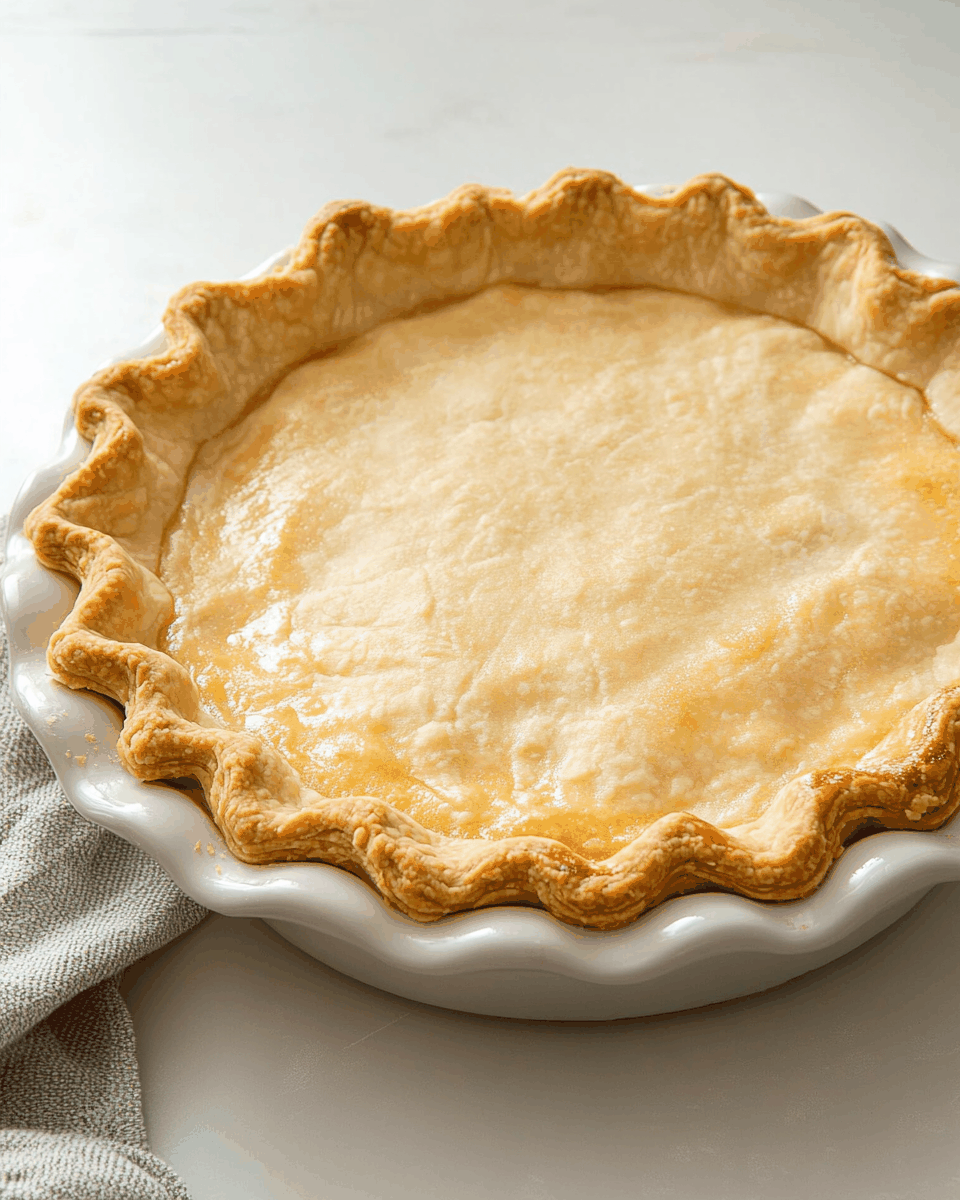
Follow these detailed steps to make your pie crust and blind bake it to perfection:
- In a large mixing bowl, combine the all-purpose flour, salt, and granulated sugar. Stir the dry ingredients together until evenly mixed.
- Add the cold, cubed unsalted butter to the flour mixture. Using a pastry cutter or your fingers, work the butter into the flour until the mixture resembles coarse crumbs with pea-sized pieces of butter remaining. This step is crucial for achieving a flaky texture.
- Gradually add the ice water, one tablespoon at a time, mixing gently with a fork after each addition. Continue until the dough begins to come together but is not sticky.
- Transfer the dough onto a lightly floured surface and form it into a disc. Wrap the disc in plastic wrap and refrigerate for at least 30 minutes. Chilling the dough helps to relax the gluten, resulting in a tender crust.
- Preheat your oven to 375°F (190°C). Once chilled, remove the dough from the refrigerator and roll it out on a floured surface to fit your pie pan. Aim for a thickness of about 1/8 inch.
- Carefully transfer the rolled-out dough to the pie pan, pressing it gently into the edges. Trim any excess dough hanging over the edge and crimp the edges for an attractive finish.
- To blind bake, line the crust with parchment paper, allowing some overhang to make it easier to lift later. Fill the lined crust with pie weights, dried beans, or rice to prevent it from puffing up.
- Bake the crust in the preheated oven for about 15-20 minutes, or until the edges are lightly golden. Remove the parchment paper and weights, and return the crust to the oven for an additional 5-10 minutes until the bottom is lightly browned.
- Let the crust cool completely before adding your desired filling. If you are using a filling that requires baking, follow the instructions for baking times accordingly.
By following these steps, you will create a beautifully flaky and flavorful pie crust that is ready for any filling you choose. The blind baking process ensures that your crust maintains its structure and texture, resulting in a delicious pie that is sure to impress.
Tips For Variations:
While the classic pie crust recipe is a fantastic starting point, you can experiment with various ingredients and techniques to create unique flavors and textures. Here are some ideas for variations:
- Herb-Infused Crust: For a savory pie, consider adding finely chopped fresh herbs, such as rosemary or thyme, to the flour mixture. This addition can elevate dishes like quiches or savory tarts.
- Nutty Flavor: Substitute a portion of the all-purpose flour with finely ground nuts, such as almonds or hazelnuts. This will add a rich, nutty flavor and a slightly different texture to your crust.
- Spiced Crust: Adding spices like cinnamon or nutmeg can provide a warm flavor profile, particularly for sweet pies. Mix in a teaspoon of your chosen spice to the dry ingredients for a subtle twist.
- Chocolate Pie Crust: For dessert pies, consider incorporating cocoa powder into the flour mixture to create a chocolate crust. This pairs beautifully with fillings like chocolate mousse or cream.
- Gluten-Free Version: If you’re looking to make a gluten-free pie crust, substitute the all-purpose flour with a gluten-free flour blend. Ensure that the blend contains xanthan gum for proper binding.
- Sweet Variations: For a sweeter pie crust, increase the sugar to 2 tablespoons. This is particularly lovely for fruit pies or tarts, giving the crust a delicate sweetness that enhances the overall dessert.
Each of these variations can add a personal touch to your pie crust, making it an even more integral part of your culinary creation. Feel free to experiment and discover what combinations excite your palate!
Serving Suggestions:
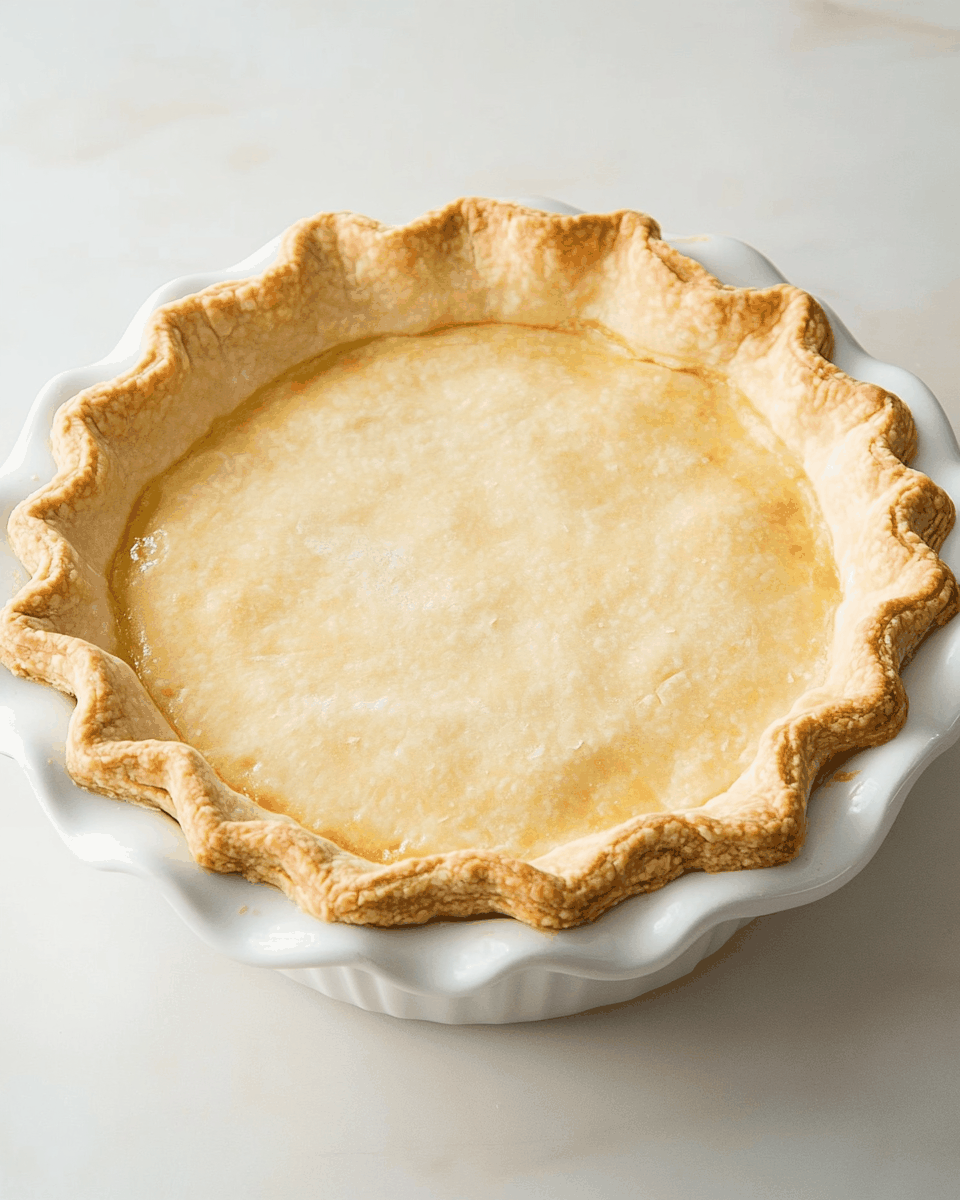
Once your pie is complete, the way you serve it can enhance the overall experience. Here are some creative serving suggestions to elevate your pie presentation:
- Serve with Fresh Whipped Cream: A dollop of freshly whipped cream on top of a fruit pie adds a light and airy contrast. You can also flavor the whipped cream with vanilla or a hint of citrus for added depth.
- Pair with Ice Cream: Warm slices of pie pair wonderfully with a scoop of ice cream. Vanilla is a classic choice, but flavors like cinnamon or salted caramel can elevate a chocolate or apple pie.
- Create a Pie Bar: If hosting a gathering, set up a pie bar with various pie options, toppings, and sauces. Guests can choose their favorite slice and customize it with toppings like nuts, chocolate sauce, or fresh fruit.
- Garnish with Fresh Fruits: For a fruit pie, garnish the top with fresh fruits that complement the filling. This not only adds visual appeal but also enhances the flavor profile.
- Serve Warm or Chilled: Depending on the filling, serving the pie warm or chilled can change the experience. Cream pies, for instance, are often best when chilled, while fruit pies can be delicious warm.
With these serving suggestions, you can create a memorable presentation that delights your guests and enhances the enjoyment of your homemade pie.
FAQ:
What is the difference between blind baking and regular baking?
Blind baking is the process of pre-baking a pie crust without a filling, ensuring it remains crisp and does not become soggy once the filling is added. Regular baking involves baking the crust with the filling included.
How do I know when my pie crust is done baking?
A pie crust is done when the edges are golden brown and the bottom is lightly browned. If you see any wet or shiny spots, it may need a bit more time in the oven.
Can I make the pie crust ahead of time?
Yes, you can prepare the pie dough ahead of time. Wrap it tightly in plastic wrap and refrigerate for up to three days or freeze for up to three months. Just allow it to thaw in the refrigerator before rolling it out.
What can I do if my pie crust cracks while rolling out?
If your pie crust cracks, don’t worry. Simply press the cracks together with your fingers, and if necessary, use small pieces of extra dough to patch up larger cracks.
Can I use this crust recipe for savory pies?
Absolutely! This pie crust is versatile and works beautifully for both sweet and savory fillings, such as quiches and tarts. Adjust seasonings as desired for savory applications.

Classic Pie Crust
Equipment
- Mixing Bowl
- Rolling Pin
- Pie Pan
- Parchment Paper
- Pie Weights
Ingredients
Dry Ingredients
- 2.5 cups All-Purpose Flour Base of the crust.
- 1 teaspoon Salt Enhances flavor.
- 1 tablespoon Granulated Sugar Adds subtle sweetness.
Wet Ingredients
- 1 cup Unsalted Butter (cold, cut into cubes) Key for flakiness.
- 6-8 tablespoons Ice Water Keeps dough cold.
Instructions
- In a large mixing bowl, combine the all-purpose flour, salt, and granulated sugar. Stir until evenly mixed.
- Add the cold, cubed unsalted butter to the flour mixture. Work the butter into the flour until it resembles coarse crumbs.
- Gradually add the ice water, one tablespoon at a time, mixing gently until the dough begins to come together.
- Transfer the dough onto a floured surface and form it into a disc. Wrap in plastic wrap and refrigerate for at least 30 minutes.
- Preheat your oven to 375°F (190°C). Roll out the chilled dough to fit your pie pan.
- Transfer the rolled-out dough to the pie pan, trim excess, and crimp the edges.
- Line the crust with parchment paper and fill with pie weights. Bake for 15-20 minutes until edges are golden.
- Remove weights and parchment, bake for an additional 5-10 minutes until the bottom is lightly browned.
- Let the crust cool completely before adding your desired filling.

